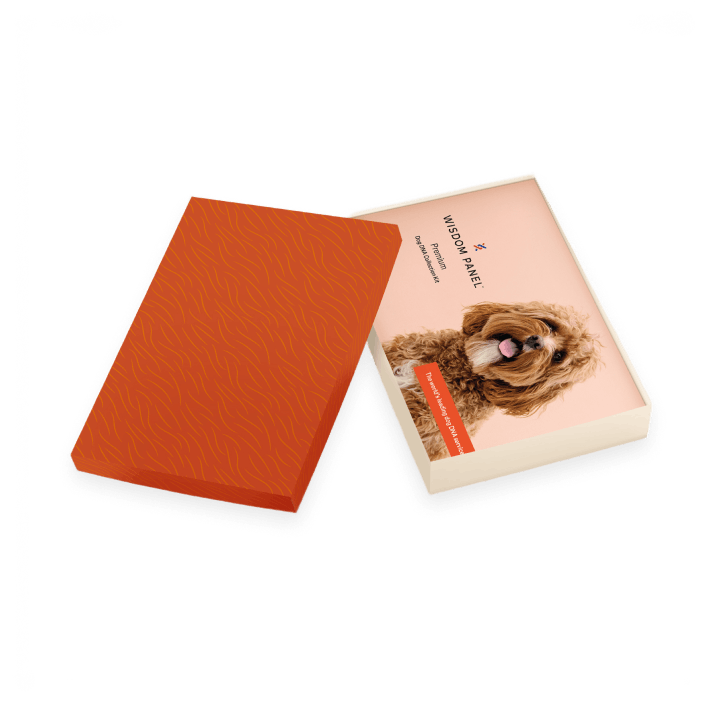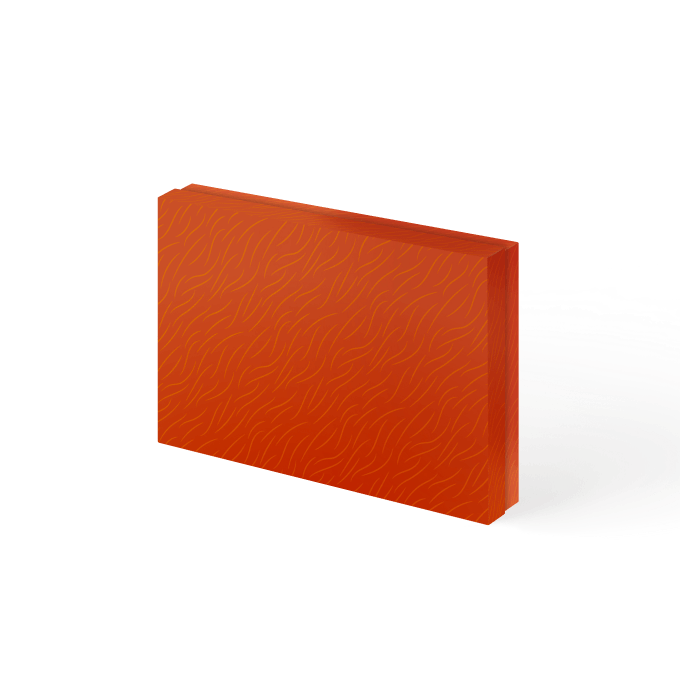



Know the most about your pup with Wisdom Panel Premium for just $NaN more.

Juvenile onset
For autosomal recessive disorders, dogs with two copies of the variant are at risk of developing the condition. Dogs with one copy of the variant are considered carriers and are usually not at risk of developing the disorder. However, carriers of some complex variants grouped in this category may be associated with a low risk of developing the disorder. Individuals with one or two copies may pass the disorder-associated variant to their puppies if bred.
At risk dogs are likely to show signs of this disease in their lifetime.
Partner with your veterinarian to make a plan regarding your dog’s well-being, including any insights provided through genetic testing. If your pet is at risk or is showing signs of this disorder, then the first step is to speak with your veterinarian.
Palmoplantar Hyperkeratosis is a progressive condition characterized by severe thickening and dryness of the footpads. This form of footpad hyperkeratosis is more severe than previously described forms of hereditary footpad hyperkeratosis. Affected dogs can develop thick, rapidly growing footpads with horny protrusions and painful fissures beginning between 2 to 6 months of age. The pads on all four feet can show signs, and affected dogs may demonstrate discomfort with a shifting stance or an unwillingness to stand for long periods. Initially, affected dogs may show no other signs of skin disease. But as the condition progresses, indications of the dogs being predisposed to atopic dermatitis and recurrent bacterial skin and ear infections can develop. The areas of infection may show hyperkeratotic plaques and crusting.
With monitoring and appropriate care measures, dogs affected with Palmoplantar Hyperkeratosis can have normal lifespans. Supportive treatment is based on the dog's specific clinical signs and often involves regular application of keratolytic topical treatments to help dissolve the excess keratin that has built up. Application of moisturizing agents can help to restore moisture to the dry footpads. Overgrown footpads may require frequent trimming at home or in the veterinary clinic under anesthesia. The frequency of trimming may increase over time as the condition progresses. Pain control medication may also be recommended depending on the level of discomfort for the individual dog. Topical and/or oral treatments may be necessary if the dog develops allergic skin disease or ear infections.
There are many responsibilities to consider when breeding dogs. Regardless of test results it is important that your dog is in good general health and that you are in a position to care for the puppies if new responsible owners are not found. For first time or novice breeders, advice can be found at most kennel club websites.
This disorder is autosomal recessive, meaning two copies of the variant are needed for a dog to be at an elevated risk for being diagnosed with the condition. A carrier dog with one copy of the Palmoplantar Hyperkeratosis (Discovered in the Rottweiler) variant can be safely bred with a clear dog with no copies of the Palmoplantar Hyperkeratosis (Discovered in the Rottweiler) variant. About half of the puppies will have one copy (carriers) and half will have no copies of the variant. Furthermore, a dog with two copies of the Palmoplantar Hyperkeratosis (Discovered in the Rottweiler) variant can be safely bred with a clear dog. The resulting puppies will all be carriers. Puppies in a litter which is expected to contain carriers should be tested prior to breeding. Carrier to carrier matings are not advised as the resulting litter may contain affected puppies. Please note: It is possible that disorder signs similar to the ones associated with this Palmoplantar Hyperkeratosis variant could develop due to a different genetic or clinical cause.
| Gene | DSG1 |
|---|---|
| Variant | Deletion |
| Chromosome | 7 |
| Coordinate Start | 58,163,636 |
| Coordinate End | 58,163,640 |
All coordinates reference CanFam3.1
Backel, K.A., Kiener, S., Jagannathan, V., Casal, M.L., Leeb, T., Mauldin, E.A. (2020). A DSG1 frameshift variant in a Rottweiler dog with footpad hyperkeratosis. Genes (Basel), 11(4), 469. View the article